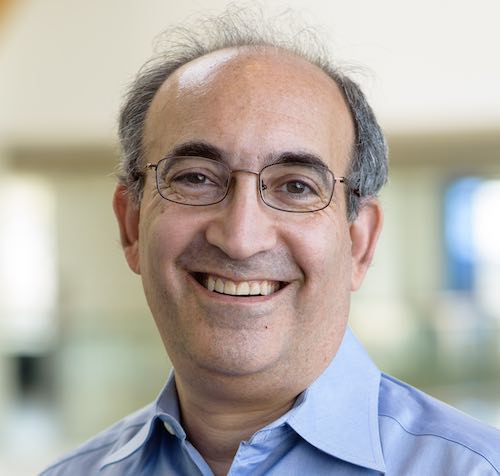Research Focus
I work in combinatorics, probability, and dynamical systems, with active research projects on tilings and dynamical algebraic combinatorics. One way to get a sense of what interests me is to click on the third link above to see what I've been posting on the arXiv recently, or click on the fourth link to see what past work I'm most known for (see also the short list below). Another way to learn about me is to see what my former students have been up to. Some of them organized a birthday conference in my honor entitled Journeys In Mathematics which took place June 26-29, 2024 at MIT; slides and videos are available through the conference website.
I also care deeply about mathematics communication for broad audiences. Two of my essays were featured in the series Best Writing on Mathematics series (Princeton University Press), and I am currently writing a book for the general mathematically-interested reader tentatively titled "What Can Numbers Be?" (publisher TBD). I write monthly essays under the banner Mathematical Enchantments. See also my media page for appearances in podcasts and videos.
Teaching & Office
- Office: Southwick Hall 350I
- Office hours (when classes are in session): Tue & Thu, 10:00–10:45 am and 2:00–2:45 pm.
Selected Publications & Preprints
-
Exact sampling with coupled Markov chains and applications to statistical mechanics
— James G. Propp and David B. Wilson,
Random Structures & Algorithms 9 (1996), 223–252.
Introduced the “coupling from the past” algorithm for exact sampling from stationary distributions. -
Random Domino Tilings and the Arctic Circle Theorem
— William Jockusch, James Propp, and Peter Shor,
arXiv:math/9801068 (1998).
Proved the Arctic Circle Theorem, revealing limit shapes in random tilings of the Aztec diamond. -
Alternating-sign matrices and domino tilings (Parts I and II)
— Noam Elkies, Greg Kuperberg, Michael Larsen, and James Propp,
Journal of Algebraic Combinatorics 1 (1992), 111–132 and 219--234.
Connected alternating-sign matrices to domino tilings, linking enumerative combinatorics and statistical mechanics. -
Piecewise-linear and birational toggling
— David Einstein and James Propp,
Advances in Mathematics 287 (2016), 355–386.
Developed piecewise-linear and birational analogues of toggle operations, extending combinatorial dynamics to new settings. -
What is… a sandpile?
— Lionel Levine and James Propp,
Notices of the American Mathematical Society 57 (2010), 976–979.
A concise and accessible introduction to the Abelian sandpile model and its rich mathematical structure. -
Real Analysis in Reverse
— James Propp,
Mathematics Magazine 85 (2012), 331–342.
Explores how real analysis results not only depend on, but also imply, different completeness axioms, inverting the usual logical connection.
See CV or Google Scholar for a fuller list.
Also see slides from some of my talks.
Community & Service
- Advisory Council, National Museum of Mathematics.
- Moderation of three research forums: “domino” (tilings and statistical mechanics), “robbins” (Somos sequences and other quadratic recurrences), and “DAC” (dynamical algebraic combinatorics).
Contact
- Email: james_propp@uml.edu
- Department of Mathematics & Statistics, University of Massachusetts Lowell
